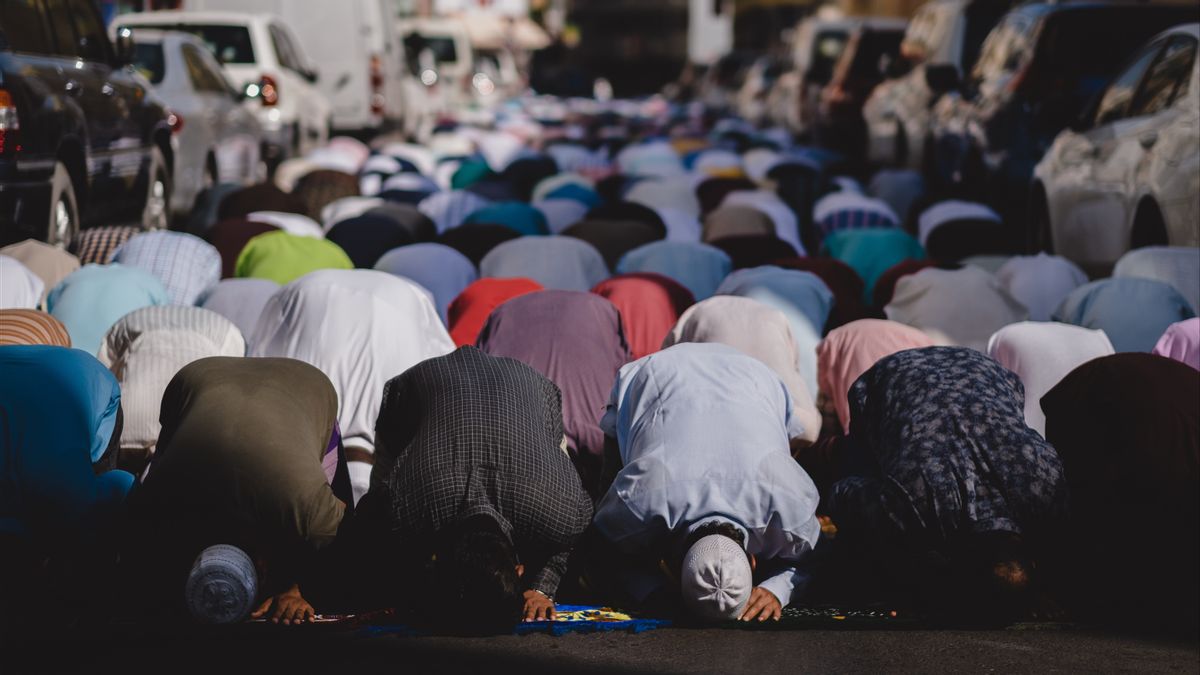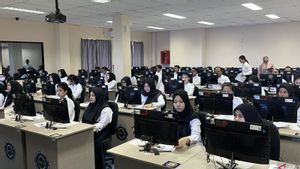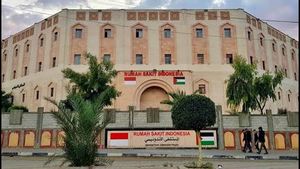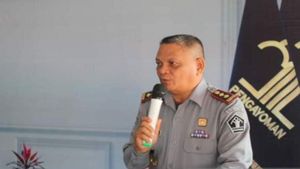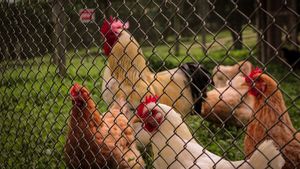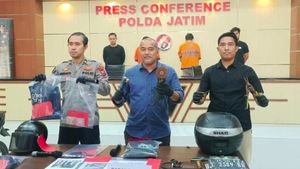JAKARTA - Minister of Religion Fachrul Razi issued Circular Number 18 of 2020 which contains guidelines for organizing Eid al-Adha prayers and slaughtering sacrificial animals amid the COVID-19 pandemic. This guide, said Fachrul, is expected to be a guideline for implementing health protocols in prayer activities while welcoming Eid al-Adha.
So that this activity will be safe and away from the spread of COVID-19. Moreover, Eid al-Adha prayers and animal slaughter can be done in all regions in Indonesia.
"Eid al-Adha prayers and the slaughter of sacrificial animals can be carried out in all regions, except in places deemed unsafe for COVID-19 by the Regional Government or the Regional Task Force," said Fachrul as quoted from his written statement, Friday, July 3.
It's just that the implementation of Eid al-Adha prayers and the slaughter of sacrificial animals still have to observe the prevailing health protocols and coordinate with the local government.
There are several requirements that must be met for the implementation of Eid al-Adha prayers in fields, mosques and rooms. The first is to prepare officers to carry out and supervise the implementation of health protocols in the area of implementing religious activities.
Second, cleaning and disinfection activities are always carried out. Furthermore, limiting the number of entrances and exits must be made to facilitate the implementation and supervision of sacrificial animals.
Hand washing facilities complete with soap or hand sanitizer must also always be available at the exit and entry routes. Then, checking must also be done.
If a congregation is found with a temperature above 37.5 degrees Celsius after two checks, they are not allowed to enter the area of the Eid al-Adha prayer.
After that, the application of keeping the distance must also be done by giving a special mark that is at least one meter away.
The implementation of Eid al-Adha prayers and sermons must be shortened without prejudice to the terms and conditions. Finally, managers are prohibited from running the donation box. The reason is that this method is prone to disease transmission because the boxes move from one hand to another.
Meanwhile, for the slaughter of sacrificial animals, the organizers must meet several requirements such as the application of guarding distances. In addition, the organizers must regulate the density at the slaughter location by presenting the committee and the sacrificial party.
In the process of cutting, peeling, chopping, and packing meat, keep a distance between them. Then the distribution is carried out by the committee.
The officers who perform the slaughter are also required to wear long sleeves, masks and gloves while in the slaughter area. Organizers are also required to remind slaughter officers not to hold their eyes, nose, mouth and ears and often wash their hands with soap or hand sanitizer.
The socialization and supervision of the implementation of this circular letter will be carried out by a number of healthy officials such as officials from the Provincial Office of the Ministry of Religion, District / City Ministry of Religion Offices, and District Office of Religious Affairs in synergy with agencies in charge of animal health functions and related agencies.
The English, Chinese, Japanese, Arabic, and French versions are automatically generated by the AI. So there may still be inaccuracies in translating, please always see Indonesian as our main language. (system supported by DigitalSiber.id)
